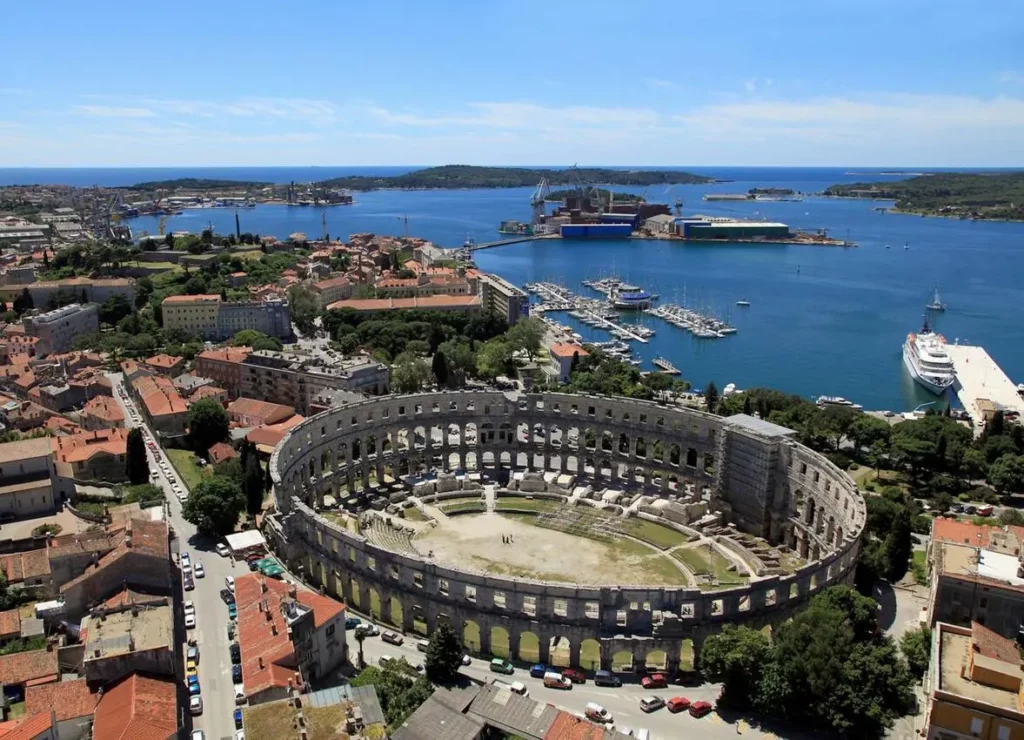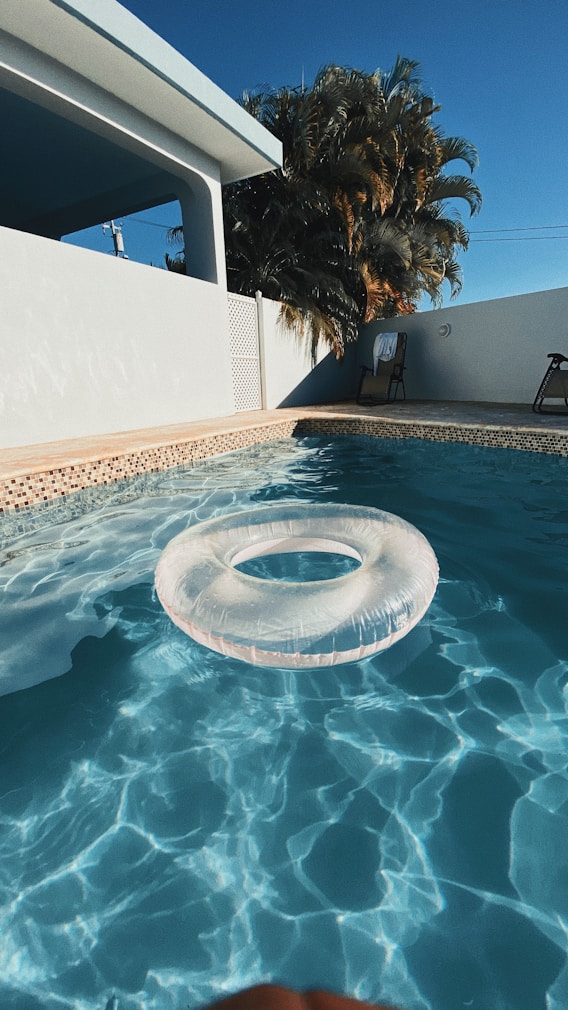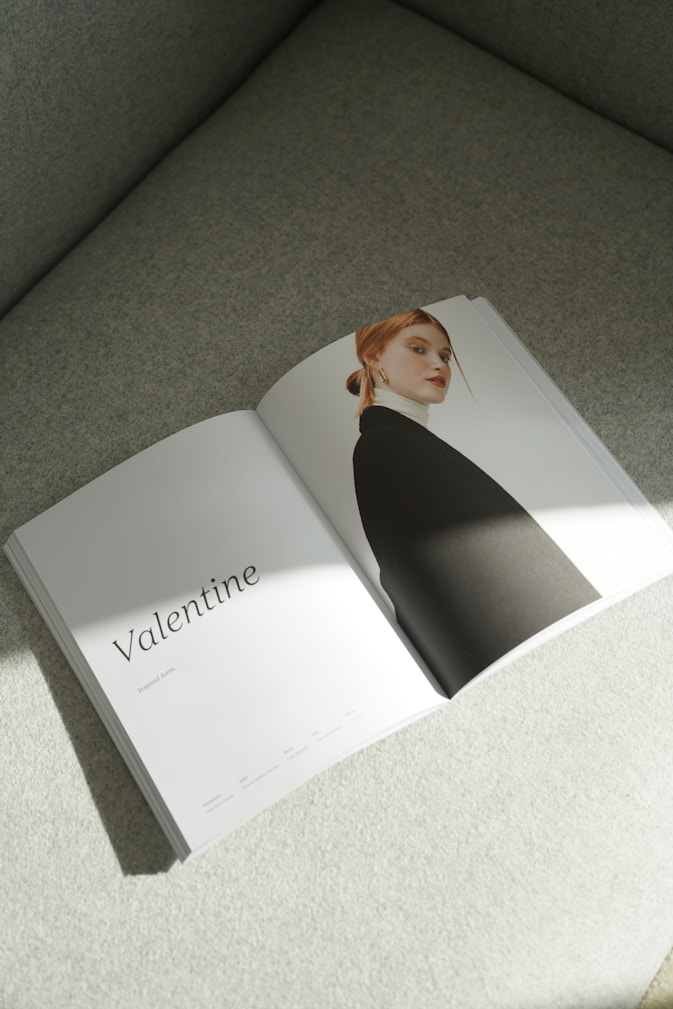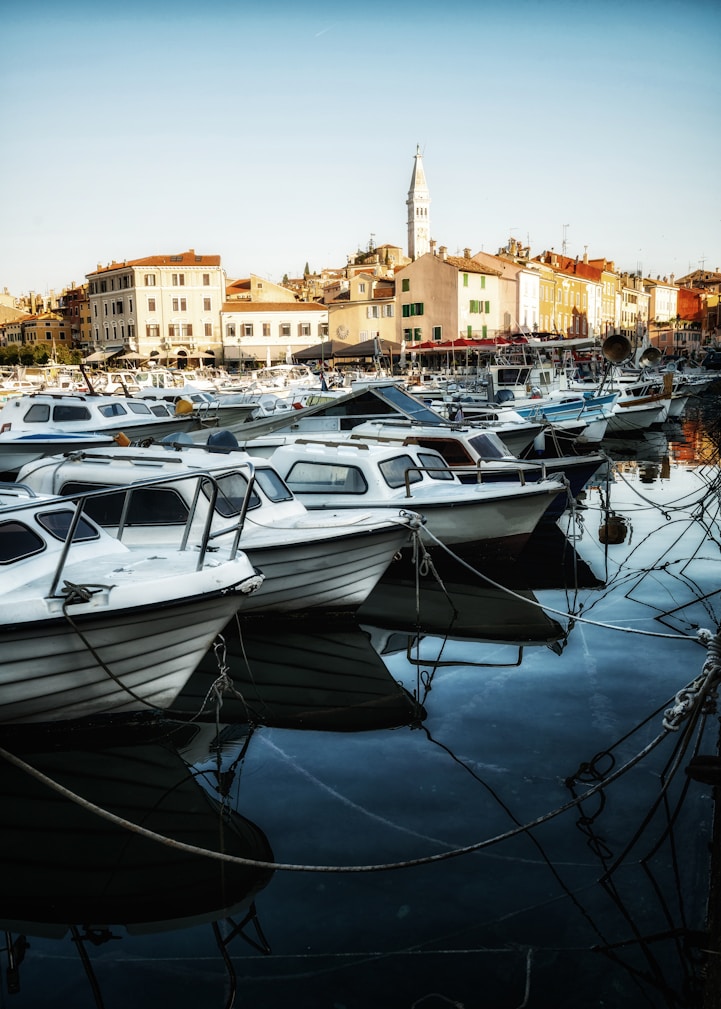Love and Legends: The Story of Pula’s Arena
In Pula, the past comes alive in tales of romance and otherworldly forces.
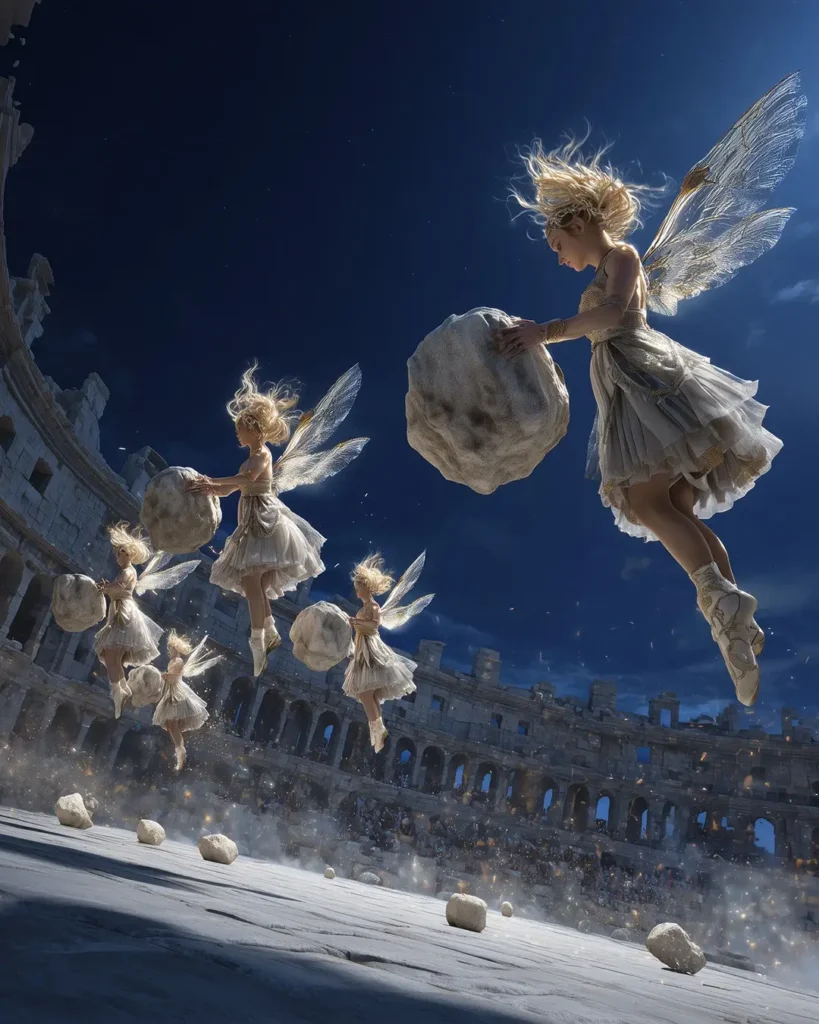
As dusk settles over Pula, painting the Adriatic in hues of gold, I stand before the Arena, a Roman amphitheatre that feels like it’s holding its breath. It’s a stunning testament to ancient engineering and ambition. They say Emperor Vespasian built it for his lover, Antonia Cenida. But as I linger in the shadow of this giant, my mind drifts not to emperors and their passions but to something far more enchanting—the legend of the vile, fairy-like beings still whispered about by Istria’s locals.
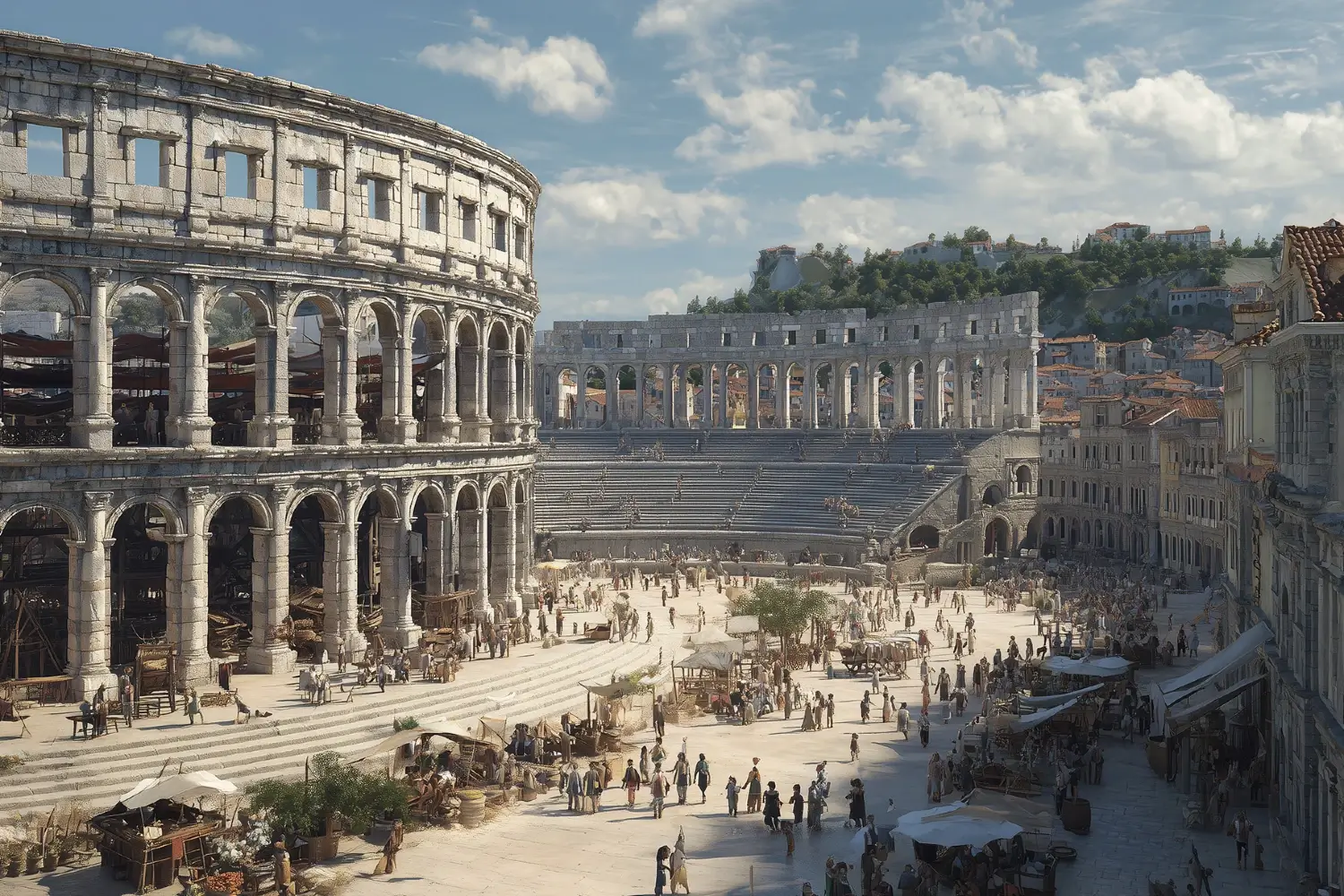
The Pula Amphitheatre under construction during Emperor Vespasian’s reign, circa 70 CE.
Let me pause on Antonia for a moment, because she sparks the imagination just as fiercely. A freed slave, fiercely independent, elusive—she was a woman who didn’t need a wedding ring to hold an emperor in her thrall. Their affair stirred scandal in Vespasian’s day. In a Roman world obsessed with status, a liaison between an emperor and a former slave raised eyebrows among the elite.
Vespasian’s wife, Flavia Domitilla, mother of his children, had passed before he took the throne, yet he never married Antonia. Was she guarding her freedom, her mystique? Some say her sharp wit and charm captivated Vespasian; others hint at a knack for subtle manipulation. Could this amphitheatre be his grand gesture, a monument to a woman who always slipped just beyond his grasp?
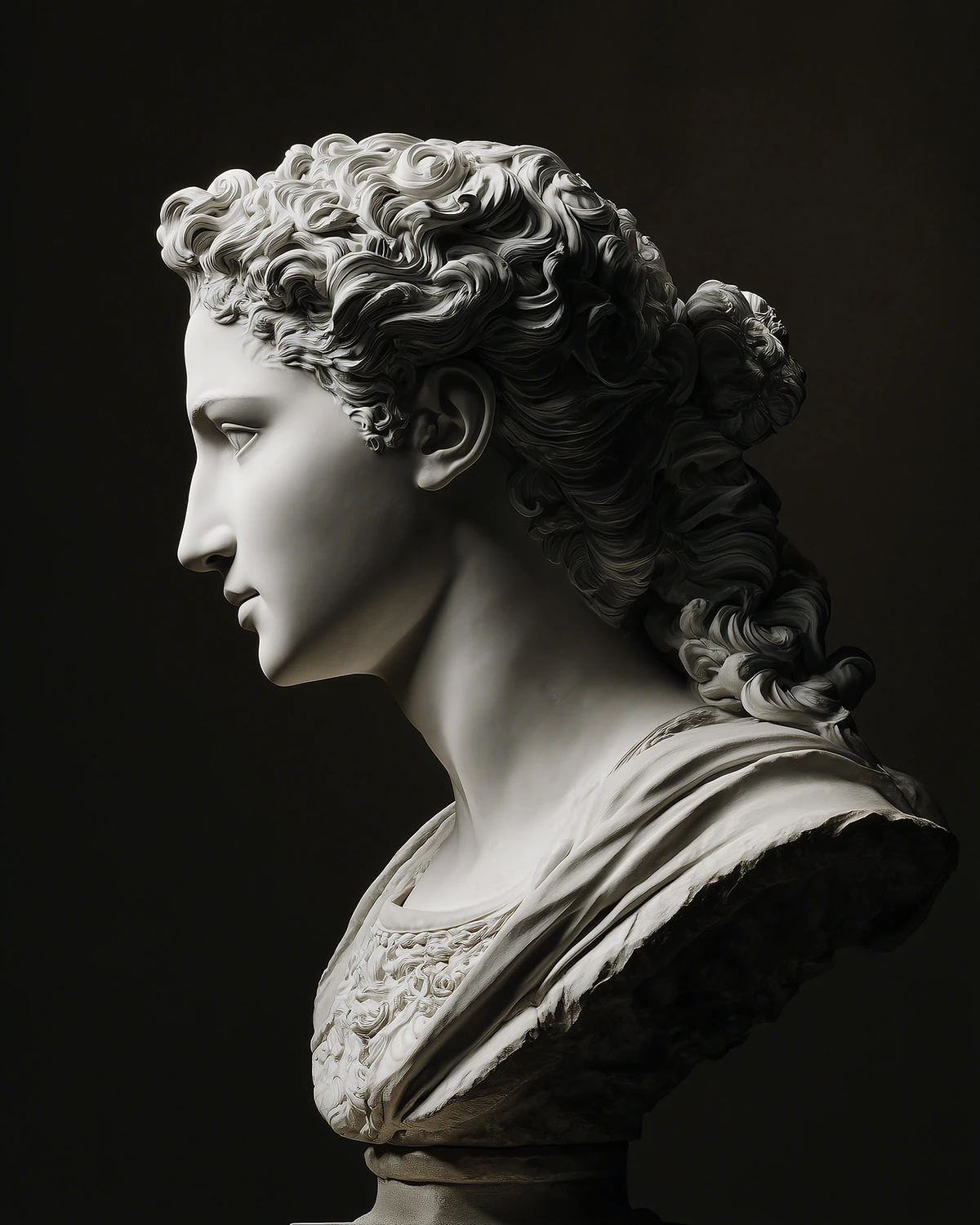
Bust of Antonia Cenida, the enigmatic lover of Emperor Vespasian.
„The vile built the Arena. They carried stones from the Učka mountains by night, but stopped at dawn when the rooster crowed. That’s why it’s unfinished.”
Beneath the weight of this ancient marvel, imperial romances fade into the background. I’m drawn instead to a different tale—one of the vile, the fairies woven into Istria’s folklore. Ask a local about the Arena’s origins, and they’ll tell you with a grin: “The vile built it. They carried stones from the Učka mountains by night, but stopped at dawn when the rooster crowed. That’s why it’s unfinished.” The more time I spend in Istria, the deeper I fall into this magical story.
In Slavic-Croatian mythology, vile are ethereal creatures—slender women with long, wavy blonde hair that shimmers like silver under moonlight. Their wings, delicate and translucent like dew-kissed cobwebs, catch the sunlight, and their eyes gleam with the wisdom of the wild. In local tales, they shift shapes—sometimes birds, sometimes mist curling over the hills. Here in Istria, they’re tied to the Arena. Under cover of darkness, they raised these walls, leaving scattered stones between Učka and Pula as traces of their unfinished work.
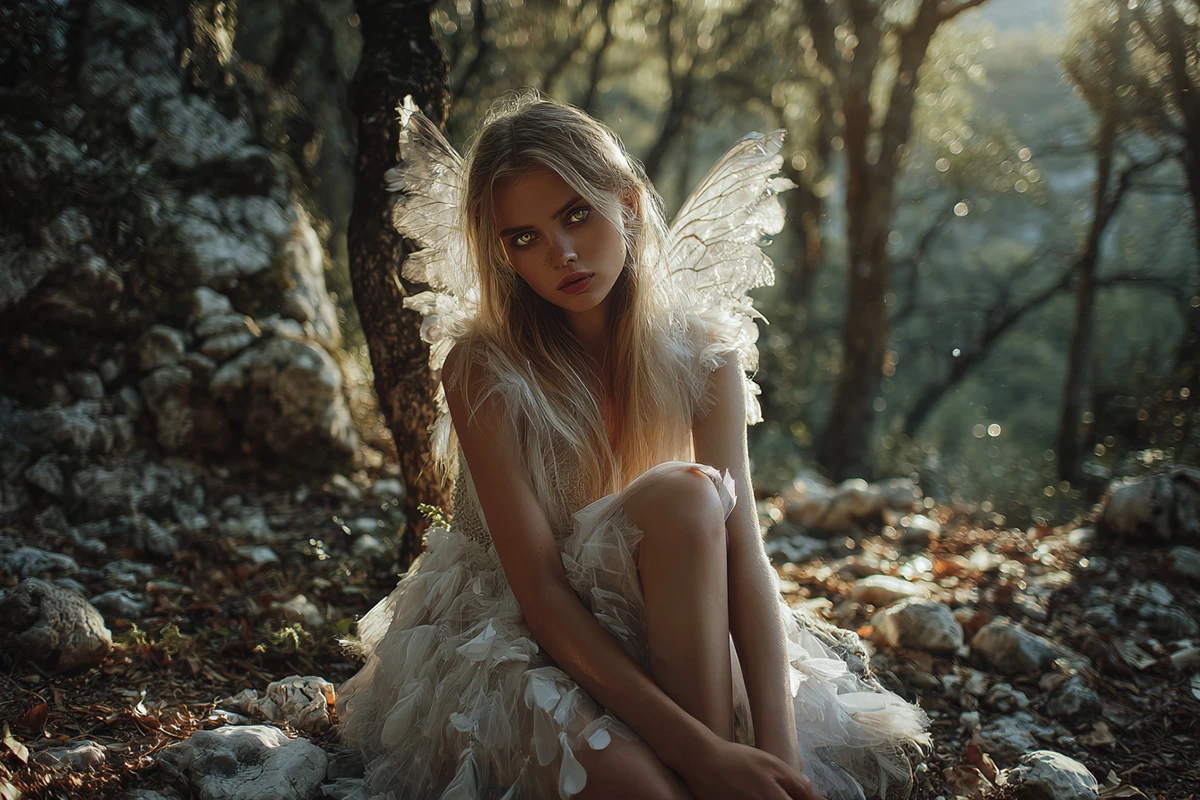
Vile are graceful, mysterious beings—guardians of forests, rivers, and hills, whose enchanting songs can captivate anyone who hears them.
Over a glass of rakija, I heard another twist: the vile fell for a singer named Zoromir. They gathered near his home, disguised as trees and stones, to hear his voice. When he fled, spooked by their magic, they tracked him down and promised a splendid home if he’d sing for them. That home, they say, is the Arena.
The locals swear it was fairies, not Roman builders, who shaped this place. And you know what? Gazing at these weathered walls, I find it easy to believe.
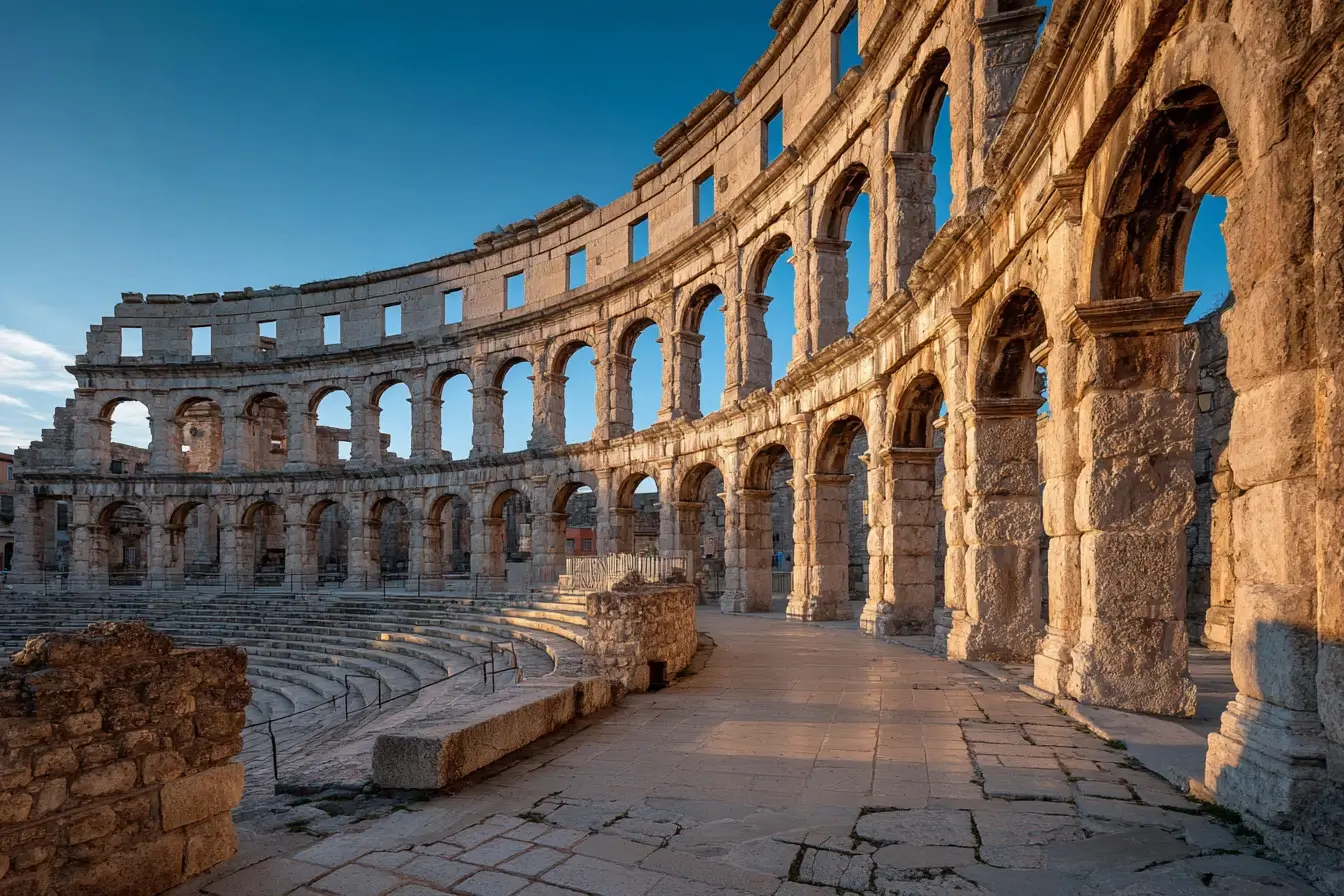
Whether we trust Roman records or dream of fairies crafting an amphitheatre for a gifted singer, one thing is clear: Pula’s Arena is more than a relic or ruin. It’s a living piece of Istria’s soul, where nature, magic, and history weave together into a spellbinding tale.
Read also
OTHER POSTS FROM




